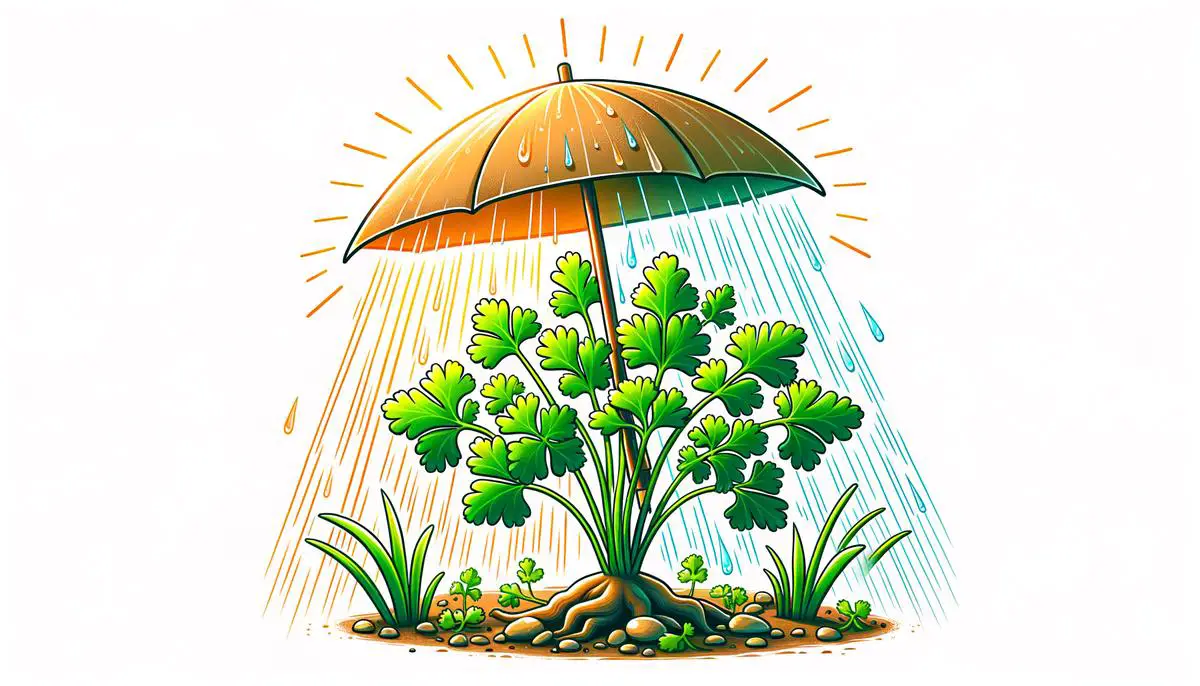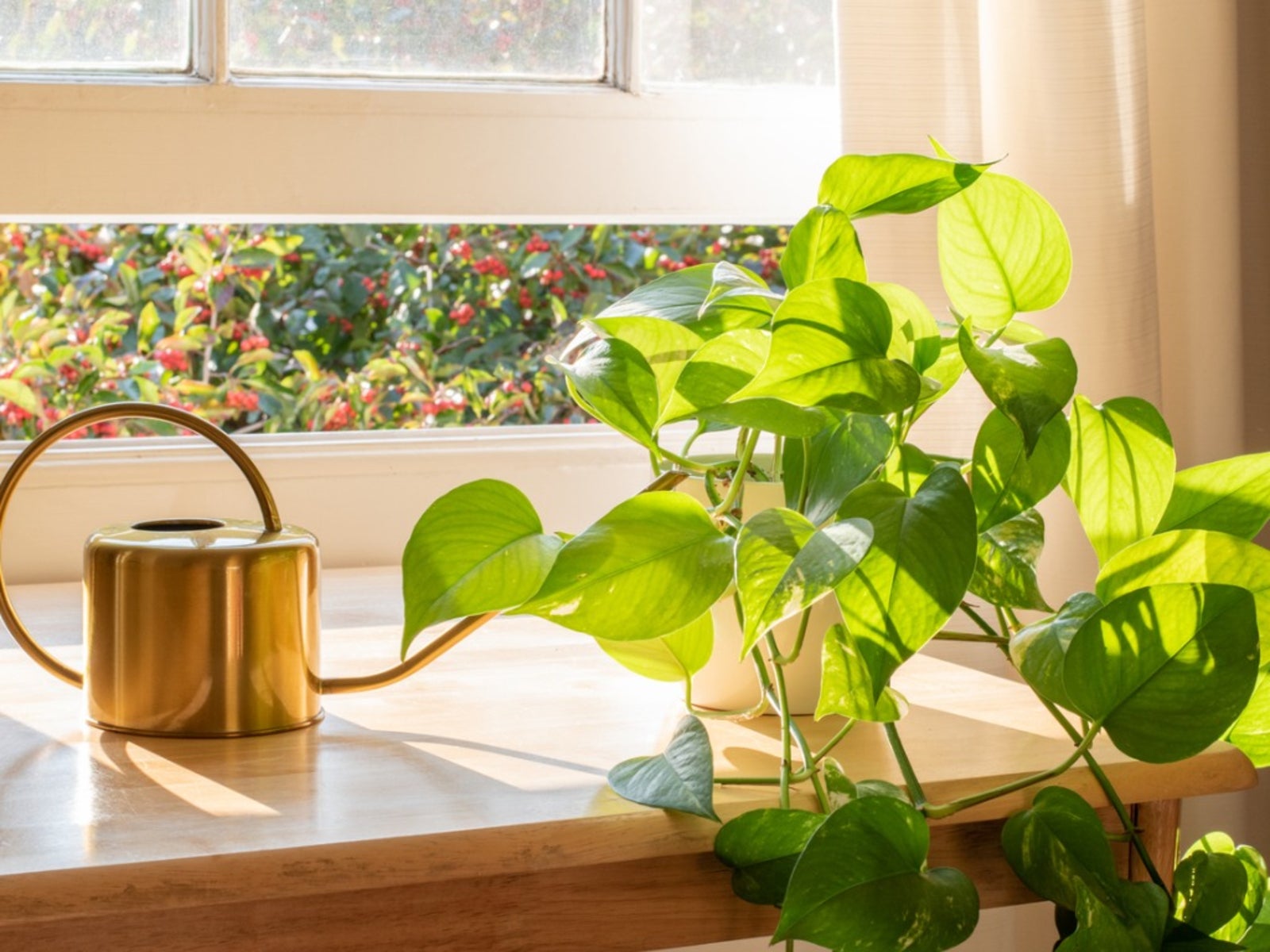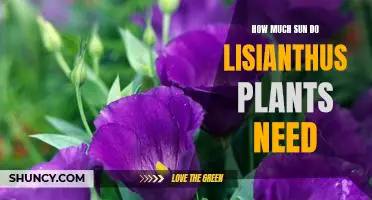“The Unseen Architect: Understanding Sunlight Requirements for Thriving Plants
- Easy Plants For Beginners
- How to Source Bulk Tropical Houseplants
- Plant Growing Guide
- How To Grow Plants
- Outdoor Plants
Table of Content
- 1 The Unseen Architect: Understanding Sunlight Requirements for Thriving Plants
- 1.1 The Symphony of Light: Photosynthesis Unveiled
- 1.2 1. Light Intensity: The Brightness Factor
- 1.3 2. Light Duration: The Photoperiod Factor
- 1.4 3. Light Quality: The Color Spectrum Factor
- 1.5 Recognizing the Signs: Too Much vs. Too Little Light
The Unseen Architect: Understanding Sunlight Requirements for Thriving Plants

Sunlight, a seemingly endless and ubiquitous resource, is far more than just a source of warmth; it is the fundamental architect of life on Earth, particularly for the plant kingdom. For plants, light isn’t merely an environmental factor; it is the very currency of their existence, fueling the miraculous process of photosynthesis that underpins all growth, development, and reproduction. Understanding a plant’s specific sunlight requirements is not just a matter of basic gardening knowledge, but a deep dive into the intricate biological mechanisms that dictate its survival and prosperity.
This comprehensive guide will explore the multifaceted nature of sunlight as it pertains to plants, dissecting its critical components – intensity, duration, and quality – and providing actionable insights to ensure your green companions flourish.
The Symphony of Light: Photosynthesis Unveiled
At the heart of every plant’s interaction with light lies photosynthesis, an elegant biochemical process that converts light energy into chemical energy. Chlorophyll, the green pigment found predominantly in plant leaves, acts as a tiny solar panel, capturing photons of light. This captured energy is then used to convert carbon dioxide (CO2) from the atmosphere and water (H2O) from the soil into glucose (a sugar, serving as food) and oxygen (O2), which is released back into the atmosphere.
The efficiency and success of this process are directly tied to the characteristics of the light a plant receives. Insufficient or excessive light, or light of the wrong quality, can severely impair photosynthesis, leading to stunted growth, stress, and ultimately, plant decline. To truly optimize a plant’s environment, we must delve into the three primary characteristics of light: intensity, duration, and quality.
1. Light Intensity: The Brightness Factor
Light intensity refers to the strength or brightness of the light that reaches the plant. It’s about how many photons are hitting the leaves per unit of time and area. This is arguably the most critical factor influencing plant growth, as it directly impacts the rate of photosynthesis.
Measuring Intensity:
While casual observation often suffices, more precise measurements can be made using:
- PAR (Photosynthetically Active Radiation): This refers to the portion of the light spectrum (400-700 nanometers) that plants use for photosynthesis.
- PPFD (Photosynthetic Photon Flux Density): Measures the number of photosynthetic photons that fall on a square meter per second (µmol/m²/s).
- DLI (Daily Light Integral): The total amount of PAR light received over a 24-hour period (mol/m²/day). DLI is often considered the most informative metric for overall plant growth.

Categories of Light Intensity Requirements:

Plants have evolved to thrive under specific light intensities, leading to general classifications:
- Full Sun (High Light): These plants require at least 6-8 hours of direct, unfiltered sunlight per day. They are typically robust, with thick leaves and a high photosynthetic capacity. Examples include most vegetables (tomatoes, peppers, corn), many fruit trees, herbs like basil and rosemary, and sun-loving flowers like sunflowers and petunias. Succulents and cacti also fall into this category, requiring intense light to maintain their compact forms and vibrant colors.
- Partial Sun (Medium-High Light): These plants prefer 4-6 hours of direct sunlight, often benefiting from protection during the hottest part of the afternoon. They can tolerate full sun in cooler climates but may scorch in intense heat. Examples include some leafy greens (lettuce, spinach in cooler seasons), carrots, many roses, and certain perennials like coneflowers.
- Partial Shade (Medium-Low Light): These plants prefer 3-6 hours of indirect or dappled sunlight daily, or direct morning sun followed by afternoon shade. The afternoon shade protects them from the most intense heat and light, which can cause leaf burn. Examples include many ferns, hostas, impatiens, and some herbs like mint and cilantro.
- Full Shade (Low Light): These plants thrive in environments with less than 3 hours of direct sunlight, preferring consistent indirect light or deep shade. They are often found on forest floors, adapted to filtered light. Examples include specific types of ferns (e.g., maidenhair fern), peace lilies, snake plants, and cast iron plants. It’s important to note that "full shade" doesn’t mean "no light"; plants still need some light for photosynthesis, even if it’s very low intensity.

Factors Influencing Perceived Intensity:
- Window Orientation: South-facing windows typically offer the most intense, prolonged light in the Northern Hemisphere, followed by west, east, and then north.
- Obstructions: Trees, buildings, curtains, or even dirty windows can significantly reduce light intensity.
- Distance from Light Source: Light intensity diminishes rapidly with distance. A plant a few feet from a window receives significantly less light than one directly on the windowsill.
- Season and Latitude: Sunlight intensity naturally varies with the seasons and geographic location. Winter days are shorter and light is less intense than in summer.
2. Light Duration: The Photoperiod Factor
Light duration, or photoperiod, refers to the length of time a plant is exposed to light (and darkness) within a 24-hour cycle. While intensity drives the rate of photosynthesis, duration plays a crucial role in regulating a plant’s developmental processes, particularly flowering and dormancy. This phenomenon is known as photoperiodism.
Categories of Photoperiodism:
- Short-Day Plants (Long-Night Plants): These plants initiate flowering when the period of uninterrupted darkness exceeds a critical length, meaning they require short periods of light. They typically bloom in late summer, autumn, or winter. Examples include chrysanthemums, poinsettias, and Christmas cacti. Even a brief flash of light during the dark period can disrupt their flowering.
- Long-Day Plants (Short-Night Plants): These plants flower when the period of darkness is shorter than a critical length, meaning they require long periods of light. They typically bloom in late spring or summer. Examples include spinach, lettuce, radishes, and many grains like wheat and barley.
- Day-Neutral Plants: These plants flower regardless of the photoperiod, initiating blooms once they reach a certain stage of maturity or size, or in response to other environmental cues like temperature. Examples include tomatoes, cucumbers, corn, and dandelions.
Practical Implications of Duration:
- Seasonal Growth: Understanding photoperiodism helps explain why certain plants bloom at specific times of the year and why some vegetables "bolt" (go to seed) when days get too long.
- Indoor Growing: Growers using artificial lights can manipulate photoperiods to induce flowering or vegetative growth out of season. For instance, providing 16-18 hours of light for vegetative growth and then switching to 12 hours of light/12 hours of darkness to trigger flowering in many cannabis varieties.
- Dormancy: Reduced light duration in autumn signals to many temperate plants that winter is approaching, prompting them to enter dormancy.
3. Light Quality: The Color Spectrum Factor
Light quality refers to the specific wavelengths, or colors, of light that a plant receives. While sunlight appears white, it is actually composed of a spectrum of colors, each with a different wavelength and energy level. Plants utilize different parts of this spectrum for various physiological processes.
Key Wavelengths and Their Roles:
- Blue Light (400-500 nm):
- Role: Essential for vegetative growth, promoting strong, compact stems and leaves. It plays a critical role in chlorophyll production and stomatal opening (regulating gas exchange).
- Effect: Plants grown under sufficient blue light tend to be stockier and have darker green leaves. Lack of blue light can lead to leggy, stretched growth.
- Red Light (600-700 nm):
- Role: Crucial for flowering and fruiting. It influences stem elongation, seed germination, and overall biomass production. Often works in synergy with blue light.
- Effect: Too much red light without sufficient blue can lead to overly tall, stretchy plants.
- Green Light (500-600 nm):
- Role: While largely reflected (which is why plants appear green to us), recent research suggests that green light is not entirely useless. It can penetrate deeper into the plant canopy, reaching lower leaves that might otherwise be shaded, contributing to overall photosynthesis.
- Effect: While not as critical as red or blue, it plays a supportive role.
- Far-Red Light (700-800 nm):
- Role: Not directly used for photosynthesis, but it plays a significant role in plant development, particularly in shade avoidance responses (e.g., encouraging stem elongation to reach for light), flowering, and dormancy.
- Effect: A higher ratio of far-red to red light can signal to a plant that it is in a shaded environment, promoting stretching.
- Ultraviolet (UV) Light (10-400 nm):
- Role: While excessive UV can be damaging, small amounts can trigger beneficial stress responses in plants, leading to increased production of secondary metabolites (like antioxidants, pigments, and essential oils), improved pest resistance, and enhanced flavor/aroma in some crops.
- Effect: Can cause leaf damage if too intense, but beneficial in moderation.
Implications for Artificial Lighting (Grow Lights):
Understanding light quality is paramount when selecting grow lights. Modern LED grow lights are designed to emit specific spectra tailored to different stages of plant growth (e.g., more blue for vegetative, more red for flowering), maximizing efficiency and yield. Fluorescent lights often provide a good balance for general growth, while older HID (High-Intensity Discharge) lights offer broad spectra but generate more heat.
Recognizing the Signs: Too Much vs. Too Little Light
A plant’s appearance and growth habits are excellent indicators of whether its light needs are being met.
Signs of Too Little Light (Light Starvation):
- Leggy, Stretched Growth (Etiolation): Stems become long and thin, with widely spaced leaves, as the plant desperately reaches for a light source.
- Pale or Yellowing Leaves (Chlorosis): Especially on older leaves, due to insufficient chlorophyll production.
- Small Leaves: New leaves are noticeably smaller than older ones.
- Lack of Flowering/Fruiting: The plant lacks the energy reserves to produce blooms or fruit.
- Slow or Stunted Growth: Overall growth rate significantly diminishes.
- Dropping Lower Leaves: The plant sacrifices older, less efficient leaves to conserve energy.
- Loss of Variegation: Variegated plants may revert to solid green to maximize chlorophyll production.
Signs of Too Much Light (Light Stress/Burn):
- Scorched or Bleached Spots: Brown

